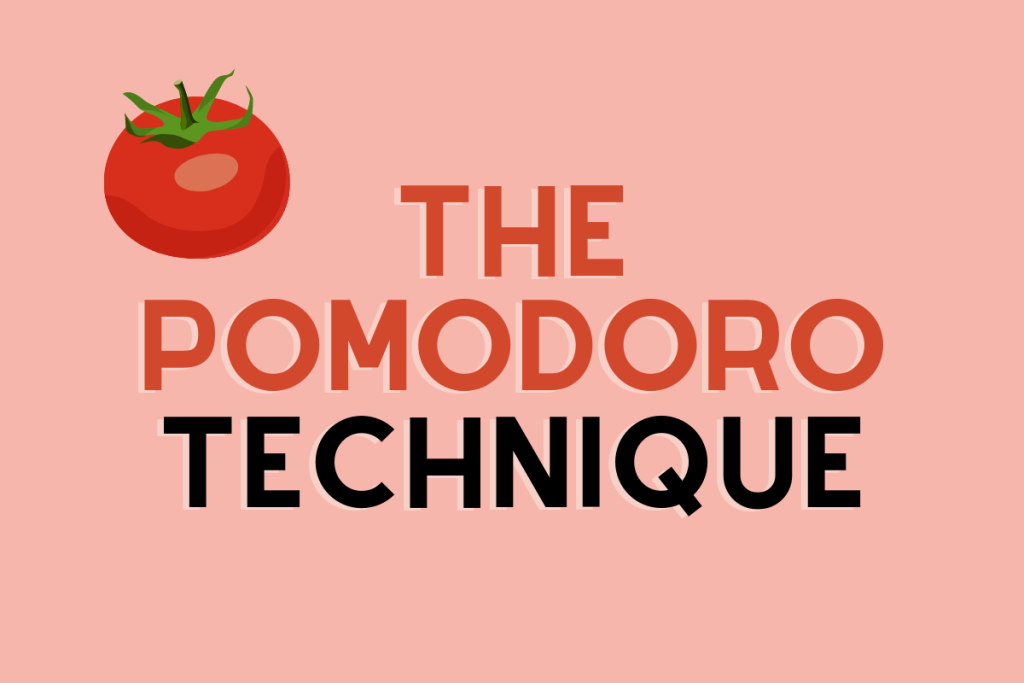In today’s fast-paced world, optimizing productivity is essential for achieving goals and maintaining work-life balance. While there are countless strategies for improving productivity, some hacks can make a significant difference in how efficiently you work. Here’s a roundup of effective productivity hacks to help you maximize your time and achieve your objectives.

1. The Pomodoro Technique
The Pomodoro Technique involves working in short, focused intervals (typically 25 minutes) followed by a 5-minute break. After completing four intervals, take a longer break of 15-30 minutes. This technique helps maintain concentration and prevents burnout by breaking tasks into manageable chunks and providing regular rest.
How to Implement:
- Set a timer for 25 minutes and focus solely on one task.
- When the timer rings, take a 5-minute break.
- Repeat this process and take a longer break after completing four intervals.
2. Time Blocking
Time blocking involves scheduling specific blocks of time for different tasks or activities throughout your day. This method helps allocate dedicated time for focused work, meetings, and breaks, reducing the likelihood of multitasking and procrastination.
How to Implement:
- Create a daily schedule with designated time blocks for each task or activity.
- Stick to the allocated time and avoid distractions during these blocks.
- Adjust your schedule as needed based on priorities and deadlines.
3. Prioritize Tasks with the Eisenhower Matrix
The Eisenhower Matrix helps prioritize tasks based on their urgency and importance. It divides tasks into four categories: urgent and important, important but not urgent, urgent but not important, and neither urgent nor important. This helps you focus on tasks that align with your goals and avoid spending time on less critical activities.
How to Implement:
- List all tasks and categorize them using the matrix.
- Focus on tasks in the “urgent and important” quadrant first.
- Delegate or defer tasks in the other quadrants as appropriate.
4. Use Keyboard Shortcuts
Keyboard shortcuts can significantly speed up your workflow by reducing the time spent navigating through menus and options. Familiarize yourself with shortcuts for the software and tools you use frequently.
How to Implement:
- Learn and practice keyboard shortcuts for your most-used programs (e.g., copy/paste, undo/redo, task switching).
- Create a reference guide for shortcuts if needed and keep it handy.
5. Implement the Two-Minute Rule
The Two-Minute Rule, popularized by productivity expert David Allen, suggests that if a task takes less than two minutes to complete, do it immediately. This approach helps prevent small tasks from piling up and becoming overwhelming.
How to Implement:
- When a task arises that can be completed in two minutes or less, handle it right away.
- Use this rule to quickly address emails, small errands, or minor tasks.

6. Declutter Your Workspace
A cluttered workspace can be a significant distraction and hinder productivity. Keeping your workspace organized and free of unnecessary items helps maintain focus and efficiency.
How to Implement:
- Regularly clean and organize your workspace.
- Use storage solutions like trays, shelves, and file organizers to keep items in order.
- Keep only essential items on your desk and store others away.
7. Leverage Technology and Productivity Apps
There are numerous productivity apps available that can help you manage tasks, track time, and stay organized. Apps like Todoist, Trello, and Evernote can enhance your productivity by providing tools for task management, project tracking, and note-taking.
How to Implement:
- Identify areas where you could benefit from productivity apps (e.g., task management, time tracking).
- Explore and choose apps that best fit your needs.
- Integrate these apps into your daily routine and make the most of their features.
8. Set SMART Goals
SMART goals are Specific, Measurable, Achievable, Relevant, and Time-bound. Setting SMART goals helps clarify your objectives and create a clear path for achieving them.
How to Implement:
- Define your goals using the SMART criteria.
- Break down larger goals into smaller, actionable steps.
- Track progress and adjust your plan as needed to stay on course.
9. Limit Multitasking
Multitasking can reduce efficiency and increase the likelihood of errors. Focus on one task at a time to improve the quality of your work and complete tasks more quickly.
How to Implement:
- Prioritize tasks and tackle them one by one.
- Avoid switching between tasks frequently.
- Use techniques like time blocking to allocate dedicated periods for each task.
10. Practice Mindfulness and Take Breaks
Regular breaks and mindfulness practices can boost productivity by reducing stress and improving focus. Techniques such as deep breathing, meditation, and short walks can help recharge your mental energy.
How to Implement:
- Schedule short breaks throughout your day.
- Practice mindfulness exercises or relaxation techniques during breaks.
- Use breaks to step away from work and return with a refreshed mindset.

Conclusion
Boosting productivity involves adopting strategies that work best for your individual needs and preferences. By incorporating these productivity hacks into your routine, you can enhance your efficiency, manage your time effectively, and achieve your goals more successfully. Experiment with different techniques, find what works for you, and make continuous improvements to optimize your productivity.


